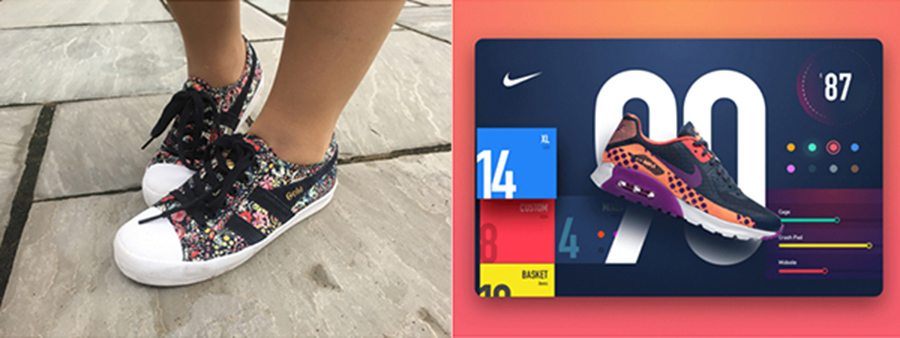Senior Designer Al Lecomte looks at how retro sports brands have had a resurgence in the limelight including the leap onto the catwalks of Paris, Milan and London.
To some, they never went away. To others, they have either never heard of them or only seen them on Football shirts. Now some of these brands are even making it onto the catwalk.
Being one of the, let’s say more senior members of the Brandwave family from an age perspective, I remember most retro sports brands from the first time around. From Hi-Tech high-tops to Kappa’s tape-branded tracksuits in garish, bold colour-ways, I’ve seen it all (and may have possibly owned some of them).
It feels like almost overnight these brands have broken back into mainstream view. Having spent the last 20 years or so languishing in Sports Direct or on niche retro wear eCommerce websites.
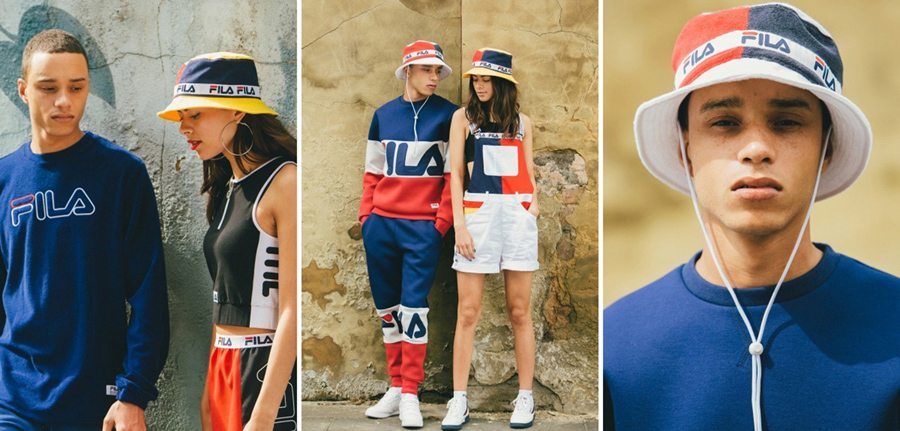
Brands like Dunlop, Champion, Umbro, Fila, Gola, Reebok, Ellesse and Le Coq Sportif to name but a few have all grabbed their fair share of the revival of styles from times gone by. Nostalgia plays some part in this pop culture phenomenon, given that the current era pushes the eighties and nineties wholeheartedly into the retro zone. But one of the principle driving factors has to be the collaboration of high fashion designers with these retro sports brands.

This is what Dazed, the digital alternative style and culture magazine had to say:
‘With the co-sign of fashion designers and a place on Europe’s elite catwalks, alongside the performance- and lifestyle-wear that these brand’s produce regularly, it’s difficult to see how they’re not going to flourish in the coming months and years. Streetwear’s explosion into the mainstream is one that can be mimicked by traditional sportswear brands. Where names like Palace and Supreme have flourished with niche pre-internet references, tongue-in-cheek self-parody and adoption by fashion’s most important, Umbro, Kappa, Fila and others can try to follow. For young people who can’t afford Gosha, Vetements and Off-White, these brands provide a key to the lifestyle and aesthetic that has high fashion hooked.
It is within this uptake by a younger audience that these brands will see a true resurgence. A nod from Gosha and polite applause from the assembled press is a beginning, but if they can adapt to the ultra-competitive world of popular streetwear and sportswear in time, there is no reason that they cannot surpass the success of their heydays. These are clothes and collections that young people relate to and want to support – and that is more than half the battle.’
Let’s take a look at two very British examples of these raised from the dead brands. The first being Gola. I remember Gola extremely well. They were the football boot manufacturer of choice when I was at school. Hell, if I remember correctly my father had a brown, yes brown, Gola tracksuit! Now I cannot remember seeing Gola from that era to this. Until a couple of weeks ago when my wife and I saw a pair of deck shoes with the Gola logo on. My wife loves them and I cannot help but feel a certain amount of nostalgia myself for my football boots of old.
What I particularly like about Gola is that they haven’t changed their designs much since the early eighties. Yet it stands up well in this era of here today gone tomorrow brands.
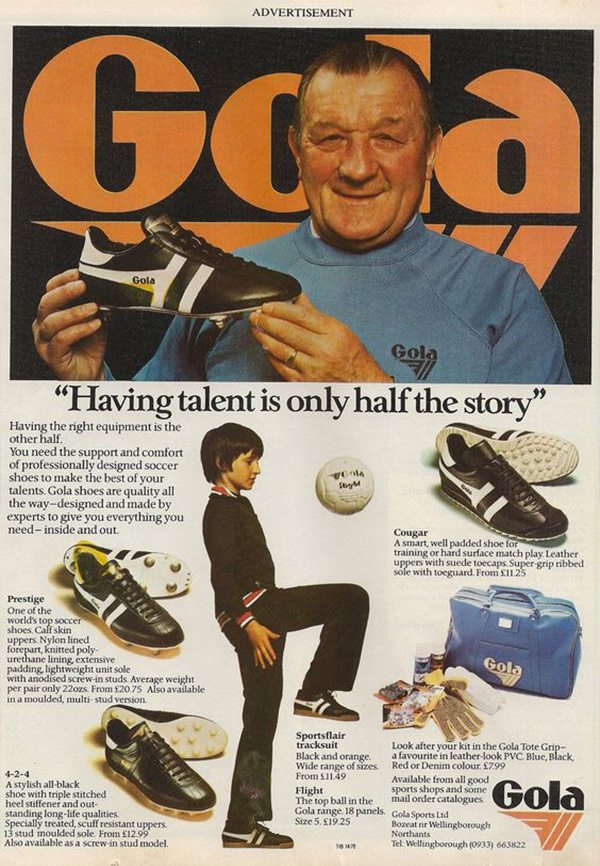
Another brand synonymous with the 80’s and sport in general, is Umbro, a mainstay of British and international sport since the beginning of time. Founded in 1924, they have provided football strips to nearly every team at one time or another. Umbro’s kit debut was in the 1934 FA Cup final when both teams Manchester City and Portsmouth wore kits designed and manufactured by the company. The England national team won its only title in 1966 wearing kits by Umbro.
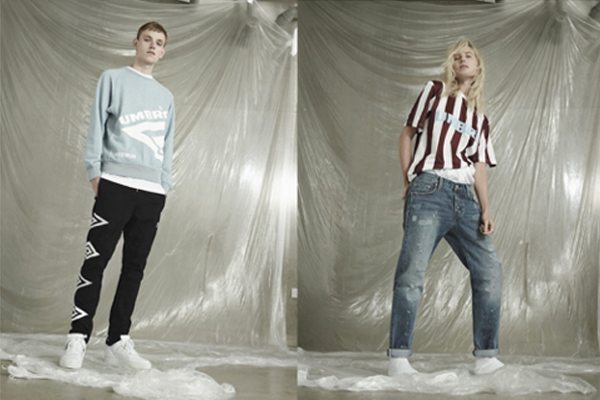
In late 2016, Umbro teamed up with House of Holland on a vibrant SS17 collection, which taps into Umbro’s original football-inspired aesthetic. The twenty-four piece collection featured many of Umbro’s original 90’s favourites including football shirts, jerseys, and sweatshirts, these have been updated with playful snakeskin and polka dot prints and oversized logos.
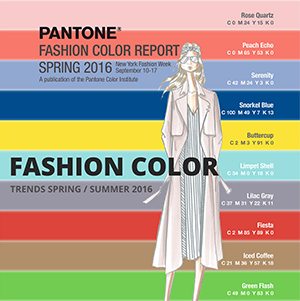
The re-establishment of these brands in the mainstream consumer psyche will ultimately have an impact on design styles and trends even outside the fashion industry. Pantone and Nike have recently been influenced from a colour perspective by the resurgence of 80’s retro culture. This can be seen here in Pantone’s colour report predicting colour fashions. 80’s colour treatments also influenced Nike and we can see this website concept (below) from Balraj Chana incorporates many material design principles, including bold colours, large type, and light and shadow effects. Card- or tile-based layouts (see the menu elements to the left of this image) are also part of the material design.
So whether we like it or not, retro sports brands and the influence they have are here to stay. Some I will grab with both hands and some not so much. Design styles have always come and gone for both the fashion, advertising and marketing industries. I look forward to seeing how they are interpreted this time around.
Although I have to draw a line at shell suits.
